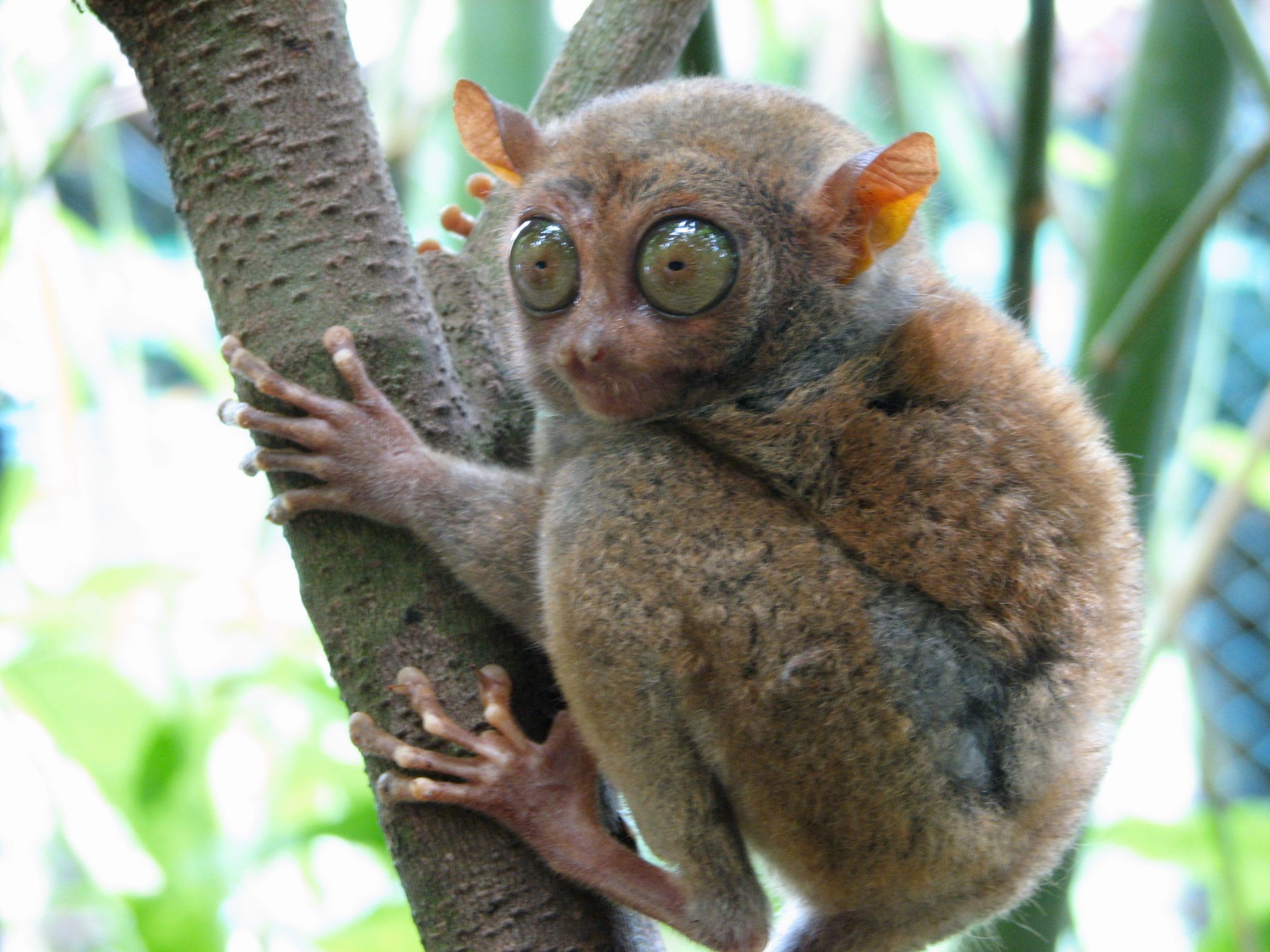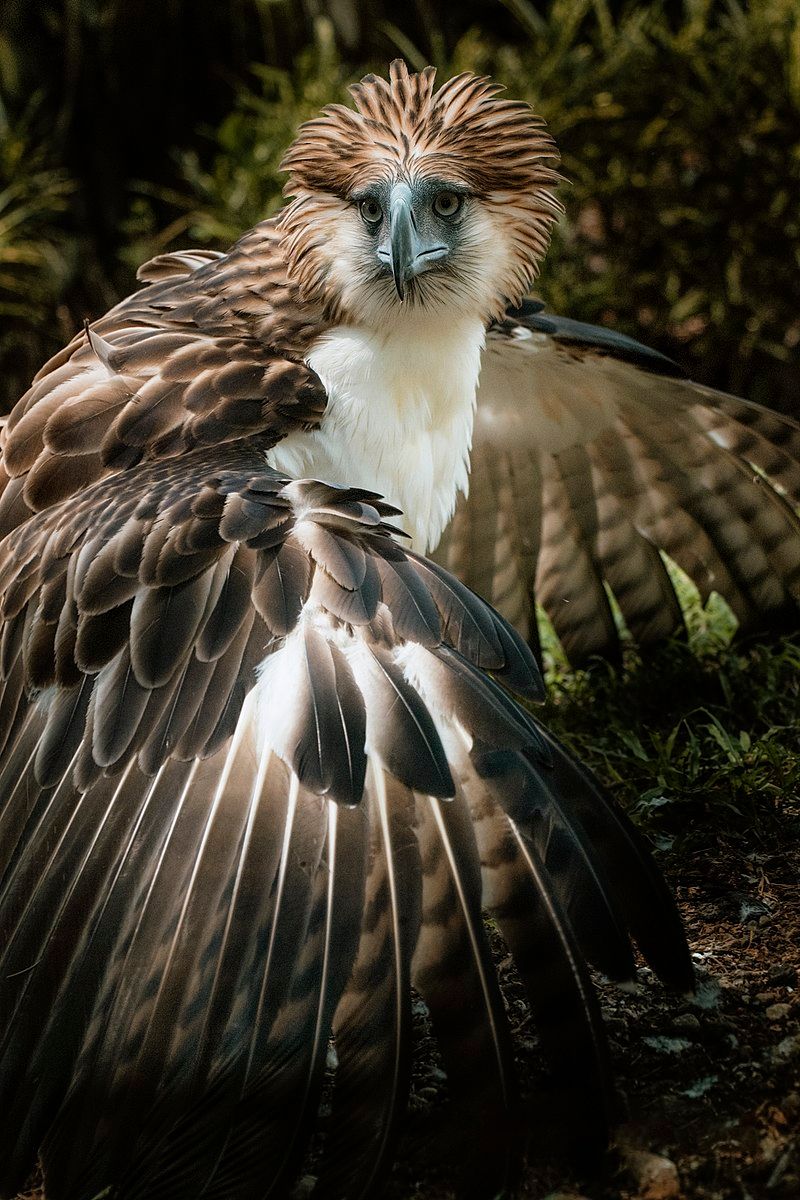New insights into the mysteries of the tarsier
Most Philippine animals are threatened, if not critically endangered
At A Glance
- As opposed to the common belief that they are solitary creatures, preferring to be alone or, at most in pairs, it has been found that tarsiers are social creatures.

A few years ago, I was surprised to read that the Philippine tarsier was sighted on the island of Leyte.
I was under the impression that tarsiers were only found in Bohol. A common misperception, apparently according to Simeon Gabriel Bejar, PhD candidate of the University of the Philippine’s Institute of Biology. During a talk recently, Bejar revealed that tarsiers are found on other islands in the Visayas and Mindanao.
Aside from Bohol, these “forest teddy bears” can also be found in Samar-Leyte, Zamboanga, Mindanao, and Dinagat-Caraga region. Not much is known since only a few studies on the tarsier have been conducted since the 1930s and mostly on the tarsiers found in Bohol. At the moment, despite tarsiers being on the other islands Bejar cited, only one tarsier species has been identified, the species Carlito syrichta.
Recent and ongoing studies conducted notwithstanding, the tarsier remains a mystery. The Filipino public is slowly being informed that this pop culture and eco-tourism star is not the world’s smallest primate, a title that, in fact, belongs to Madame Berthe’s mouse lemur (Microcebus berthae), which is found in Western Madagascar.
The Philippine tarsiers have also been found to be more resilient as they have been observed to inhabit trees as tall as eight meters. In the past, it was believed tarsiers only slept on the ground or on tree branches five meters above the ground.
As opposed to the common belief that they are solitary creatures, preferring to be alone or, at most in pairs, it has been found that tarsiers are social creatures. Observing the sleeping patterns of one family unit of tarsiers, the parents and their offspring, researchers from University of the Philippines Mindanao have observed that they sleep in groups. Studies have also shown the tarsiers’ ability to adapt to temperature changes.
These recent observations give researchers hope the Philippine tarsiers’ flexible behavior in dealing with a number of natural environmental changes gives them a stronger chance at survival. Yet they now have to contend with modern-day dangers, such as poaching, illegal trafficking, road kill, forest fires, and deaths attributed to domesticated animals like the household cat. Researchers have resorted to tracking social media posts to help tally the number of deaths attributed to the encroachment of modern life on the tarsier habitat.
More needs to be done. As Bejar has pointed out, in the fight against the decreasing population of the Philippine tarsiers, the key to ensuring their survival is knowing more, along with the prioritization of conservations efforts, collaboration with different government agencies and researchers, and innovation.
Bejar recounted an interesting response, using one of typical methods for studying these shy animals, the “camera track.” Researchers observed a reaction never before documented when studying these nocturnal creatures endemic to the Philippines. The Philippine tarsiers know they are being watched. In Bejar’s words, “Tarsiers react to camera traps. Na-cu-curios sila at may fixation at may attraction na nangyayari (They get curious, fixated about or even attracted to being watched).” Although he admits this may hamper their research, he is optimistic they can always find other ways to observe the Philippine tarsiers at night.
Indeed, but tarsiers are masters at adaptation, having evolved to be nocturnal to avoid predators. Tarsiers have amazing auditory abilities too. They can rotate their large ears 180 degrees, they have ultrasonic sound range of 91 kHz vs humans who only have 20 kHz, helping them avoid being prey as they hunt for food. Tarsiers are faunivorous by the way. They are the only primate whose diet consists of other animals like insects and small vertebrates. Their acute hearing has evolved to enhance their survival. Most likely, the camera traps used by researchers emit noise unbearable to the Philippine tarsier in their dense forest habitat.
All this talk about the Philippine tarsier has led me to ask what constitutes an animal being called a Philippine animal? I have a vague concept as to why, but since curiosity is a main driving force in my writing, I begin to look into why some animals have the honor of having the word Philippine before their names. And this is what I have found out: An animal can be called a Philippine animal if it is found to be—an endemic species (only found in the Philippines), a native species (animals that naturally occur and have been in the Philippines for a long time despite being found in other countries), a subspecies that has evolved uniquely in the Philippines, culturally significant, domesticated, or bred in the Philippines (like the carabao), and one of the country’s flagship species for conservation.

In the case of the Philippine tarsier, the species Carlito syrichta is found in Bohol, a species endemic to the Philippines. Other notable animal species that have the honor of being considered a Philippine animal are the Philippine eagle (Pithecophaga jefferyi) or the monkey-eating eagle, the tamaraw (Bubalus mindorensis), the Philippine crocodile (Crocodylus mindorensis), Philippine or Visayan spotted dear (Rusa Alfedi), Philippine cockatoo (Cacatua haematuropugia), Philippine flying lemur or calugo, and the Palawan peacock-pheasant (Polyplectron napoleonis).
Most of these Philippine animals, sadly, are threatened, if not critically endangered.